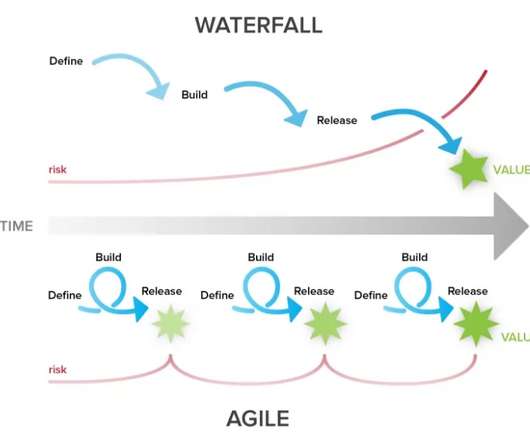Trust is the Key: Developing Trust in Leadership for Team Success
Leapfrogging
MAY 9, 2024
Importance of Trust in Leadership In the realm of leadership, trust is not just a soft skill—it’s the very foundation upon which successful teams are built. As a leader, your effectiveness is greatly influenced by your ability to foster trust within your team. Trust also extends beyond immediate team dynamics.










































Let's personalize your content